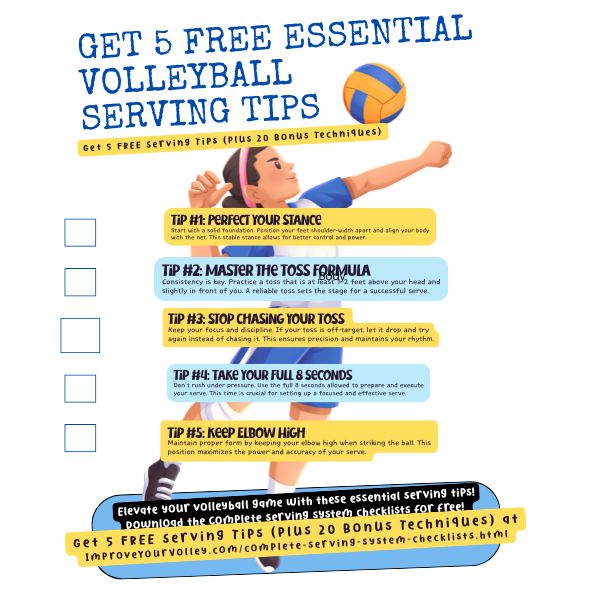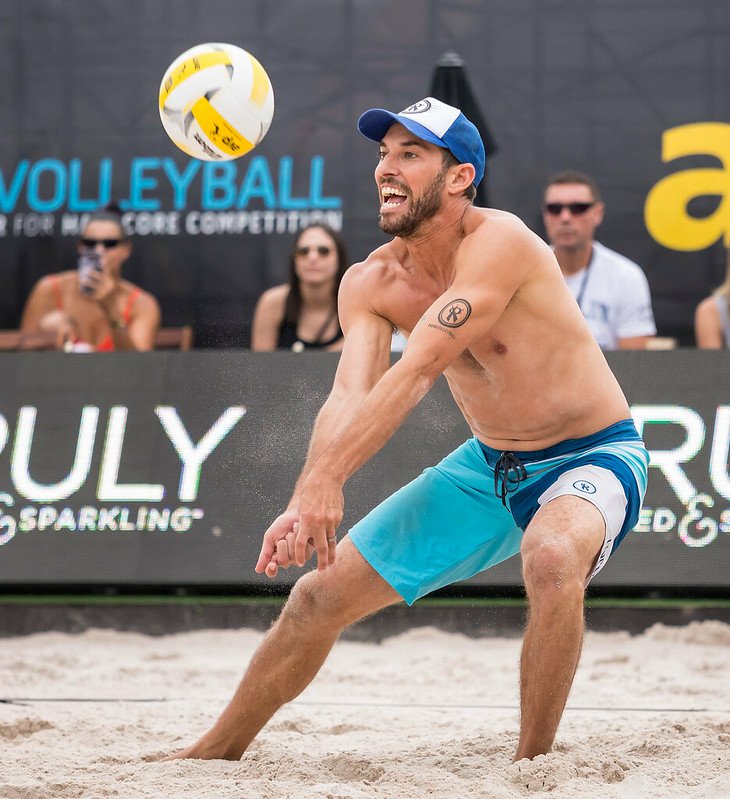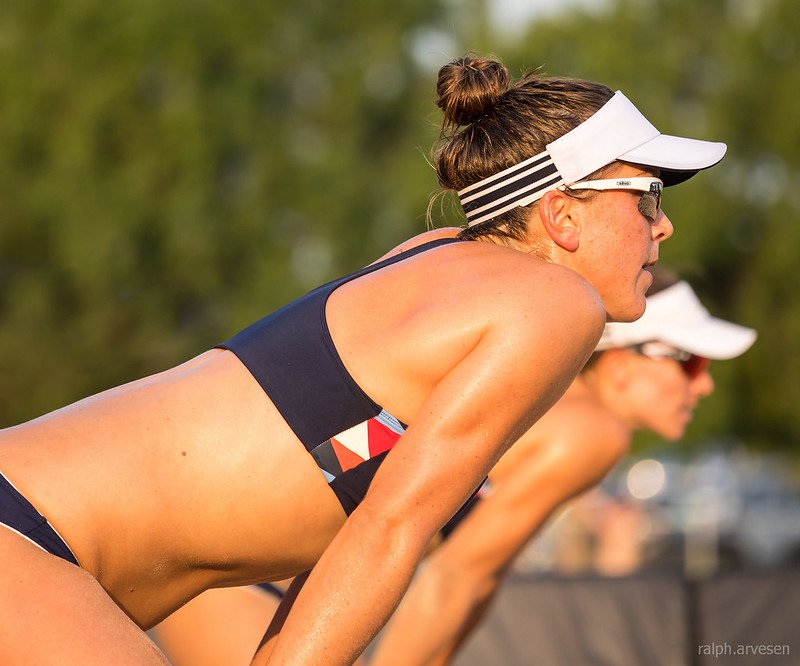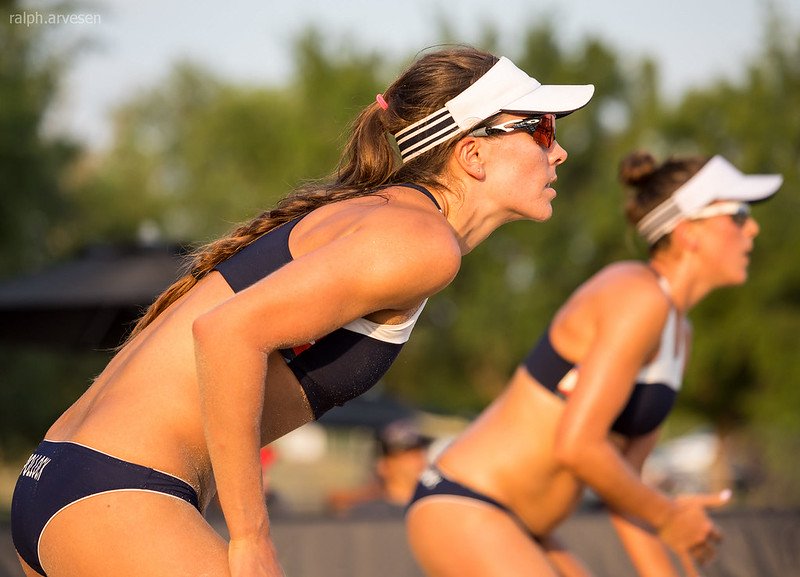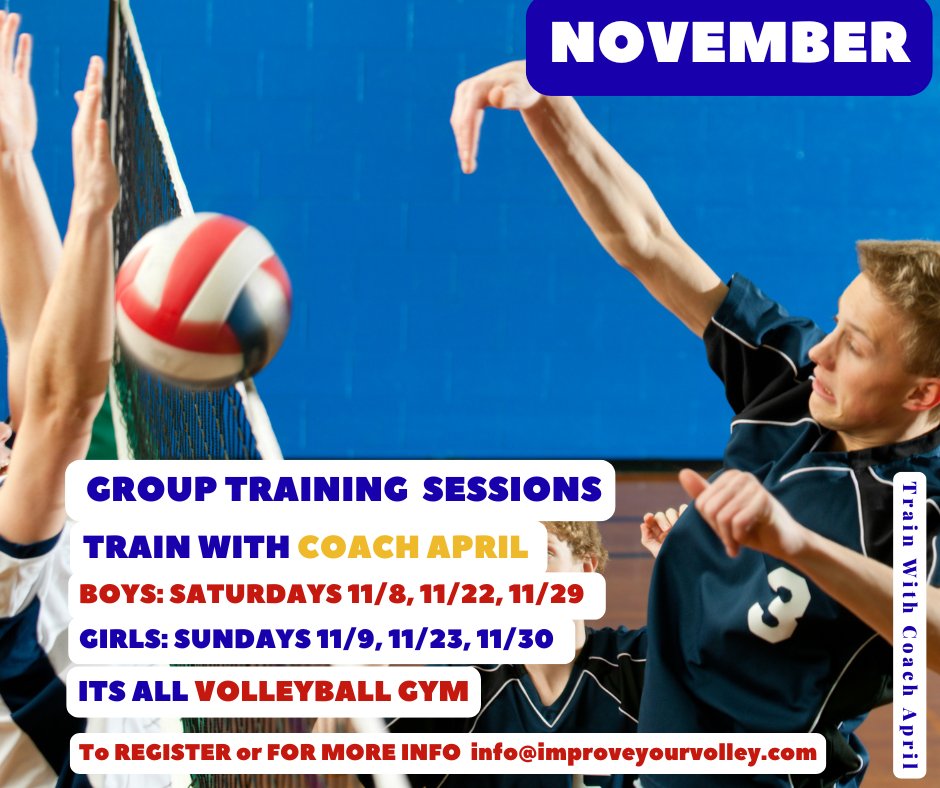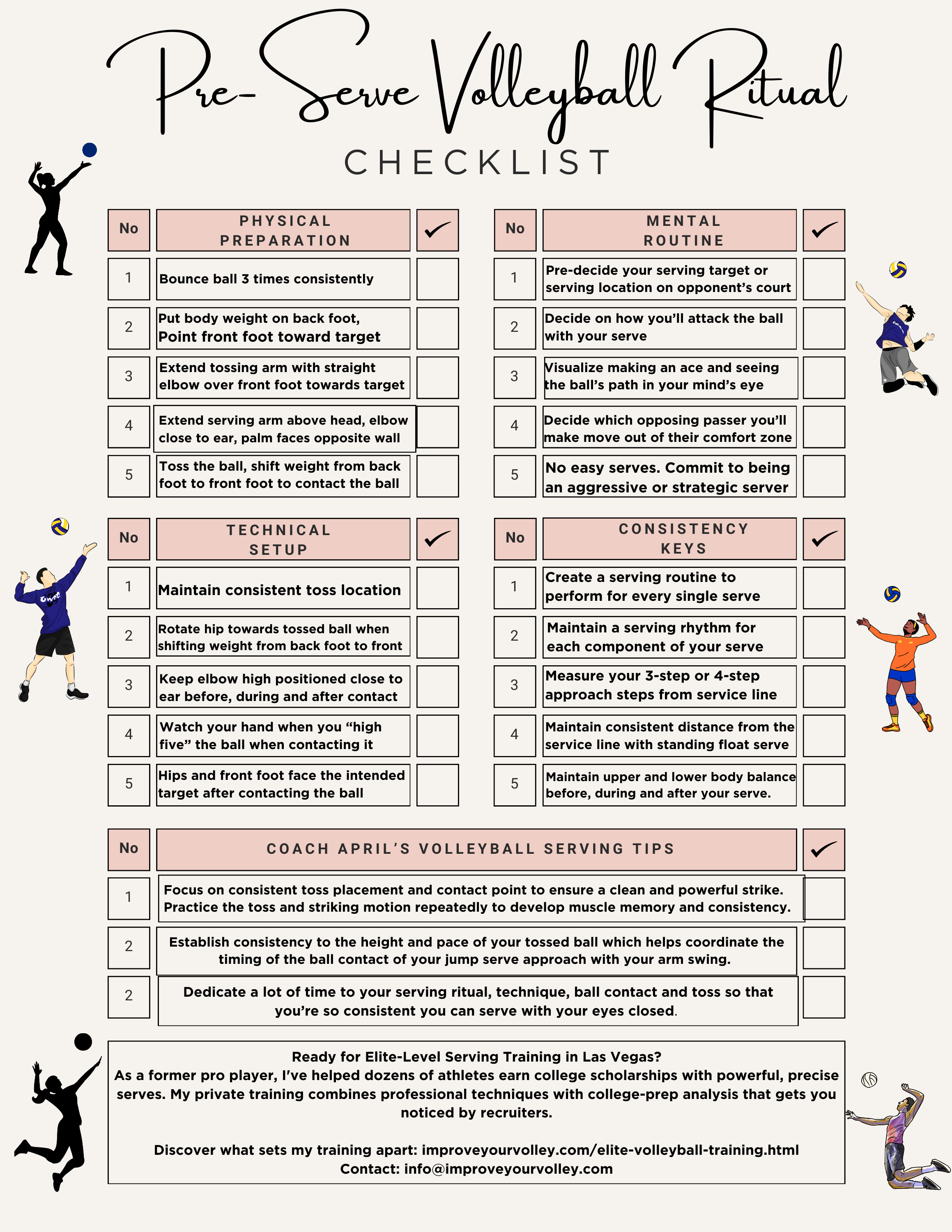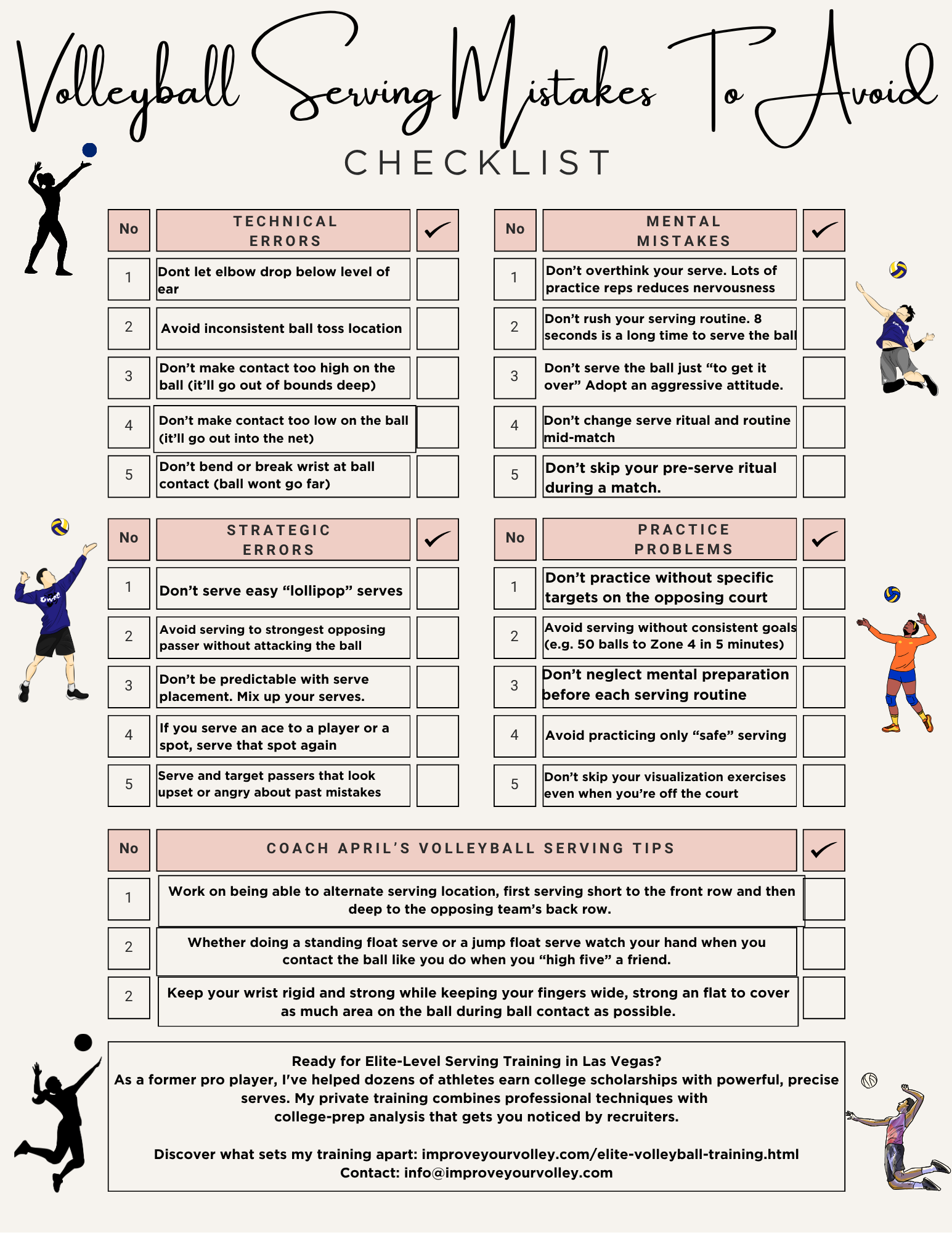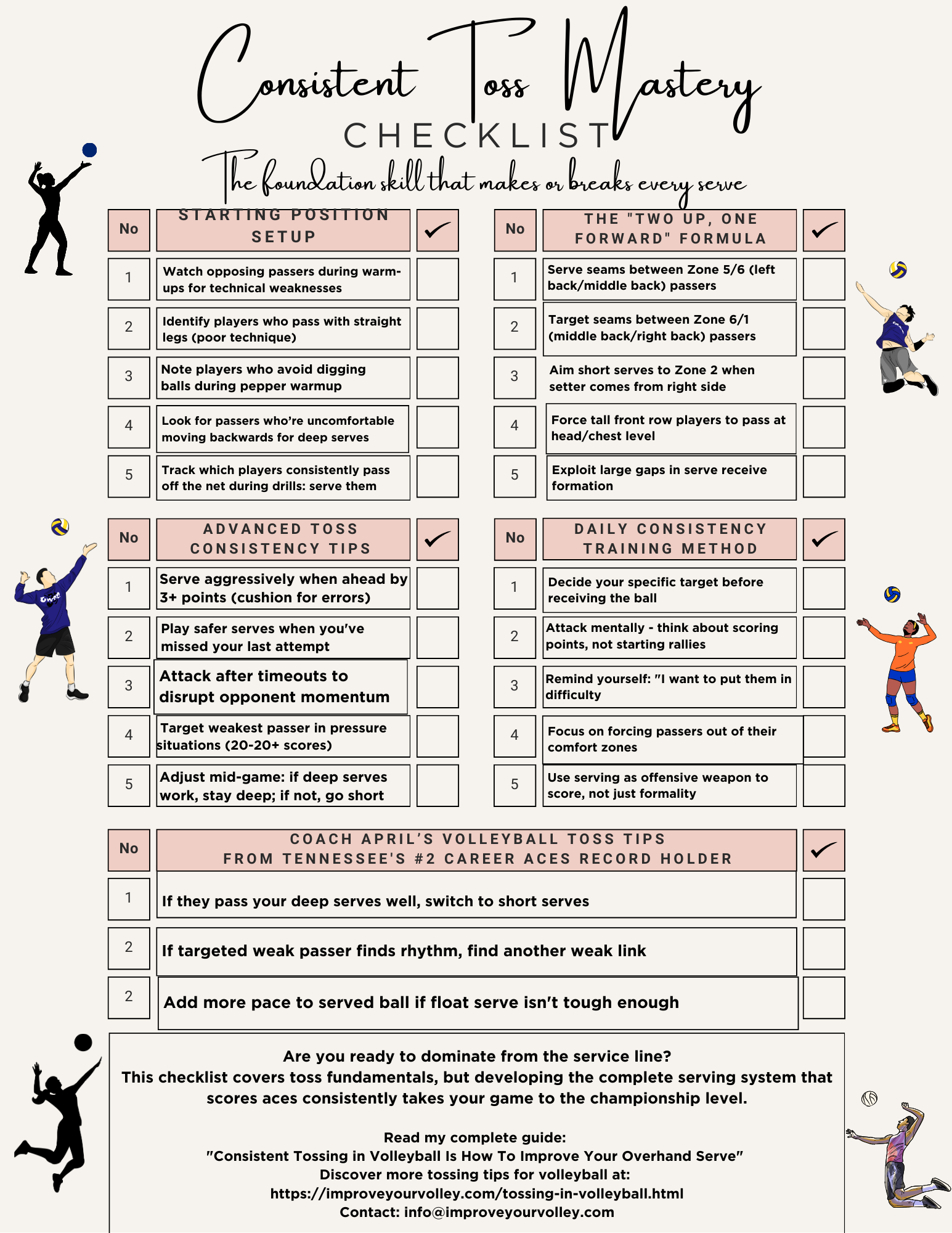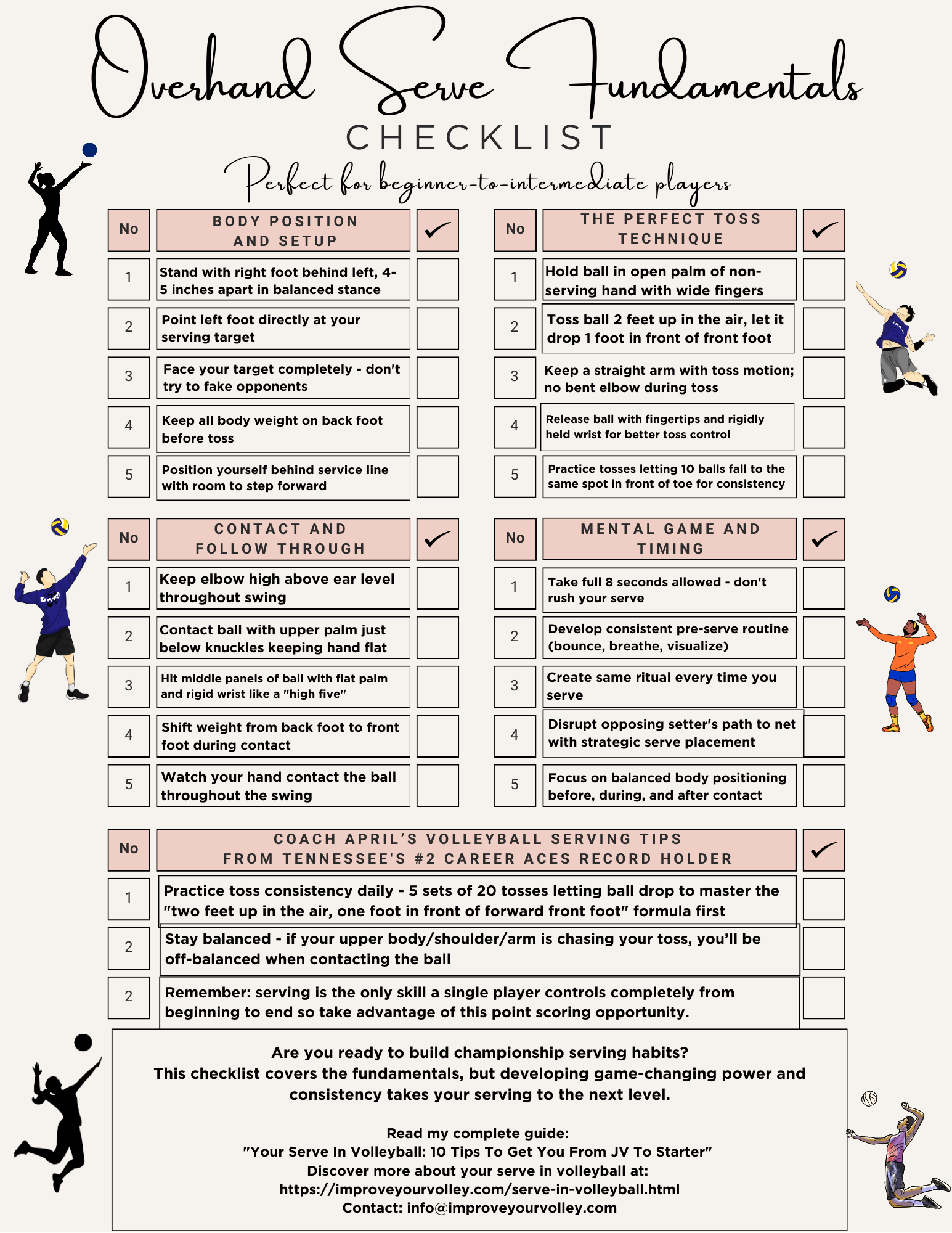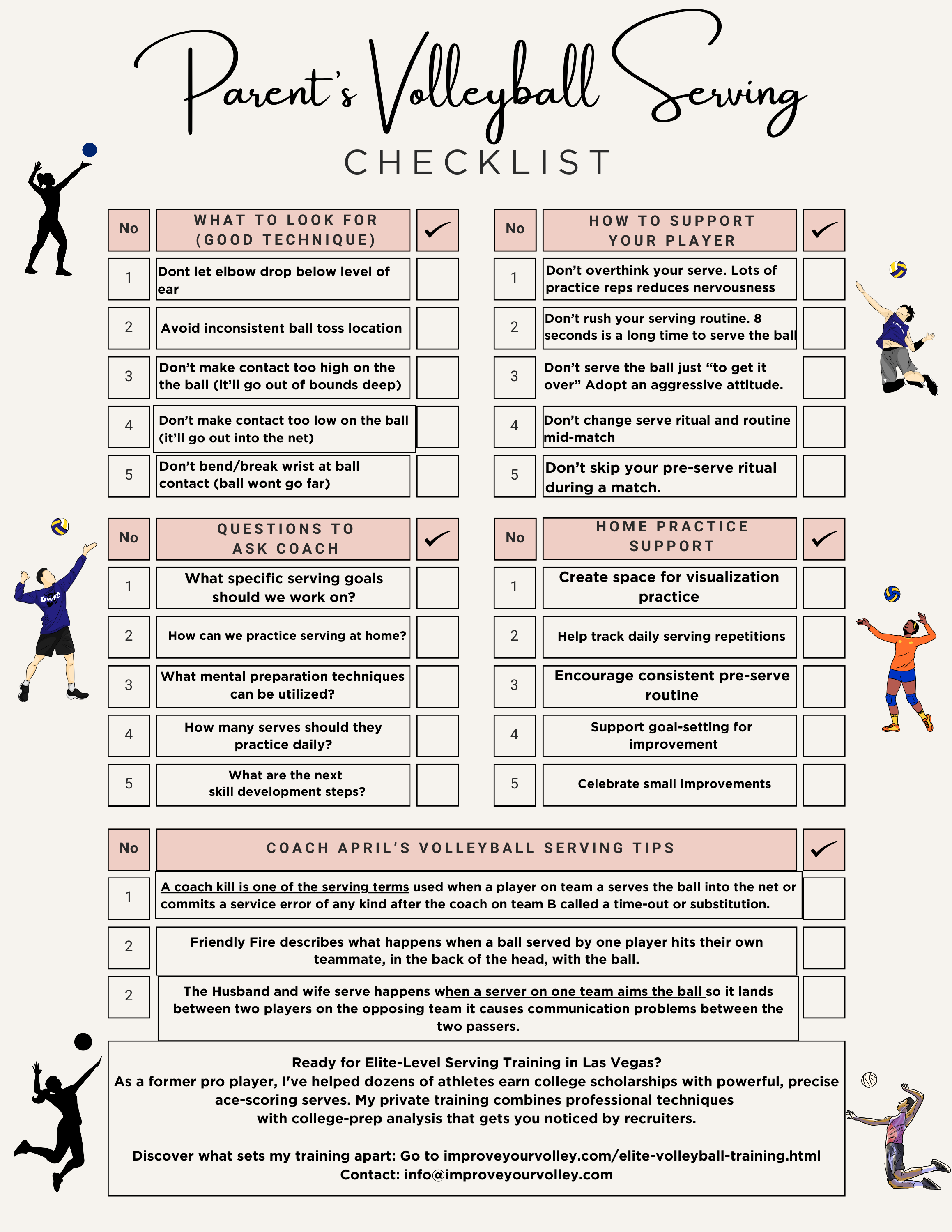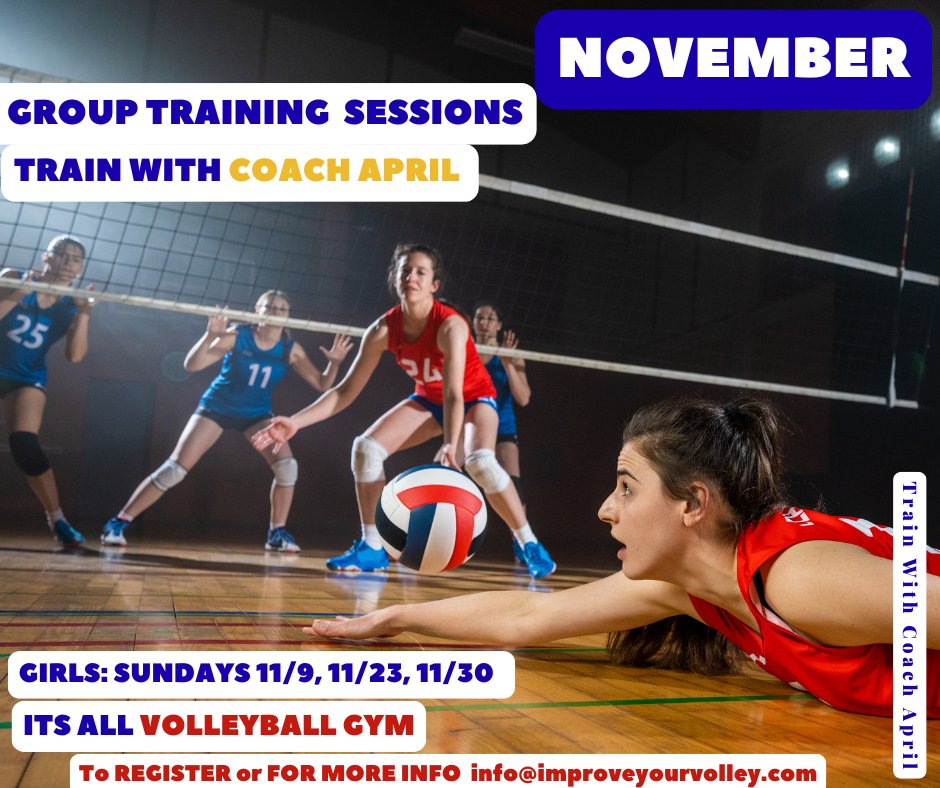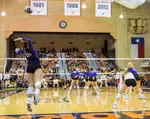- Improve Your Volleyball with Coach April
- How To Play Beach Volleyball
- Play Beach Volleyball
Play Beach Volleyball Receiving And Passing Tips For New Beach Players
Play beach volleyball receiving and passing tips for new beach players coming from the indoor game like passing the ball straight ahead.
It's important to adopt these beach volleyball forearm passing tips when playing on the sand.
Mastering the beach passing skill will take time, finesse and a lot of practice.
It usually also takes a lot of mental focus, concentration and communication with your partner.
Below I'd like to share two beach volleyball passing tips that you can add to your team's passing strategy while competing in sand competitions.
These should hopefully help you narrow your focus on the game plan you should establish with your partner.
Play Beach Volleyball
Receiving And Passing Tips
Pass The Ball Straight Ahead
Indoor volleyball players are trained to pass the ball from anywhere on the volleyball court, all the way up to the traditional indoor setter target area which is just one foot right of center on the net.
We all know, that area is located between zone 2 and zone 3 in the front row, which is about four feet in front of the right antenna within the ten foot line.
The rules of sand volleyball doubles are different.
Play Beach Volleyball
Receiving And Passing Tips
Passing Indoor vs Beach Passing
Since there are only two players on the court, you want to have a consistent point of reference as to where and how you want your beach volleyball passing strategy to be most effective.
If you or your partner passes the ball straight ahead of you, keeping the ball four to five feet off the net, then you or your partner will automatically know where to go or where to be in order to set the volleyball.
If this passing rule is established between two partners then whenever the partner on the right passes the ball then the one on the left should be ready move to a spot between her partner and four feet off the net and vice versa.
The passer doesn't have time to try and "find" their partner by moving the received serve all around the court.
So that's why the best point of reference to establish is straight ahead, not at an angle.
By passing the volleyball straight ahead, as a spiker I will already know where I need to begin my spike approach.
I can approach straight ahead or I can take a few steps to my left and approach at a slight angle like I do in indoor volleyball.
What I don't have to do, is spend extra time, energy and steps chasing my setter along the net in order to figure out where to get set up to make my spike approach.
This is especially applicable if I get served deep in the court.
In beach volleyball, as a passer turned spiker I want to maintain as much control over the play as possible.
So by passing the volleyball straight ahead I eliminate any additional movement I would need to make, to go chase the ball before spiking the ball over the net.
Beach volleyball players spend many hours of practice on making this volleyball passing strategy work effectively.
By performing numerous serves and by passing a volleyball repeatedly in practice, a beach player reinforces in her mind and in her partner's mind, where she needs to end up on the court to pass the ball while her partner begins to automatically know where she needs to set up to set the ball or in other words where the setter needs to be in relation to the passer.
Check out more play beach volleyball receiving tips on the pages below:

This has been an important message by your favorite volleyball coach! That's me!!
Thanks for visiting.
Be sure to check out more of my volleyball articles by clicking one of the links below! (April Chapple)
Do You Follow Me on Instagram?
Follow me on Instagram @coach_apchap to improve your game even faster!
I share alot of individual, partner and easy-to-do volleyball serving drills we do in class with my followers.
Many of these volleyball practice drills you can do at home by yourself or try at your next practice with your teammates.
If you're a B team or JV player trying to make varsity next year...your goal should be to complete 1000 reps a day of at least three of the basic skills on your own...volleyball passing, serving and setting should be at the top of the list.
If your athlete struggles with consistent serve receive, gets subbed out, or is overlooked for playing time—this is the fix you’ve been looking for.

Struggling with passing consistency?
I help talented passers tired of getting pulled from games because of inconsistent serve receive skills BUILD passing confidence without expensive private lessons using the same 3-step system that's helped dozens of my athletes get recruited.
Download my eBook for $17.99 and start building the passing confidence that keeps you on the court—and gets you seen by college coaches.
From Lady Vol to Legend: Coach April Produces Powerful Passionate Players...is that you?
What Are You Looking For?
Click to Download Your Pre Serving Ritual Mastery Checklist pdf:
🎯Volleyball Pre Serving Ritual Guide -
Players! Learn How To Transform Your Serve from Weak to Weapon
Click to Download Your Parent's Volleyball Serving Checklist pdf
🎯Parent's Volleyball Serving Checklist Guide
Parents! Help Your Player Develop Championship Serves (Even If You've Never Played)

Hi there!
Thanks for stopping by. Hope you learned something today that will help you reach your volleyball goals.
Be sure to subscribe to my email newsletter so you can learn more each week!
Stay strong! Stay motivated!
-Coach April

SUSCRIBE to my email newsletter below!
 Click to learn more about the weekly volleyball classes and clinics or email info@imrpoveyourvolley.com for information
Click to learn more about the weekly volleyball classes and clinics or email info@imrpoveyourvolley.com for informationCongratulations to my seven Boys-18s Vegas Volley club players who played in two state championship finals yesterday, the 3A and 5A State champinship finals at Sunrise Mountain High School.
TOURNAMENT CHAMPIONS!
A-1 Vegas Volley VBC
In It To Win It Tournament
May 2 - 4, 2025 Tournament
Gold Medalists
18s Premier Division
Vegas Volleyball's Unsung Heroes: Celebrating Moms with Peace Love Volleyball Shirts
Ready to energize your volleyball mom journey?
Subscribe to my 'Producing Powerful Passionate Peaceful Players' email list above on ImproveYourVolley.com.
You'll receive energy-boosting tips, exclusive insights from me, Coach April Chapple on maintaining momentum in volleyball.
Let's power up the Vegas volleyball scene together!
Recent Articles
-
If A Server Scores A Point From The End Line Its An Ace In Volleyball
Jan 01, 26 05:16 PM
An ace in volleyball happens when a server serves a tough unplayable ball from their service line which results in a direct point for the serving team. -
Quickly Elevate Your Game With A Deadly Jump Float Serve in Volleyball
Jan 01, 26 04:56 PM
In this simple guide, I teach you how to improve your jump float serve in volleyball by measuring your steps, create a serving ritual and how to fix your toss. -
How To Improve Volleyball Serve Efficiency: Learn To Serve More Aces
Jan 01, 26 04:39 PM
Discover effective serving drills, overhand float serve techniques, and ump float serve strategies to improve volleyball serve power, accuracy, and placement.
